Are there crystals that are tolerant of high pressure?
Or do they all have an open space in their case?
A customer wants to use our product in a submarine, immersed in high pressure oil.
I thought we'd be OK using SMD crystals, based on this Wikipedia article and based on reading the reference from the US Dept of the Navy.
Instead, under pressure, the top of the case of the crystal imploded.

(Picture of imploded SMD crystal after high pressure oil immersion test.)
Obviously, there's an air pocket in there.
It was suggested that we pot the crystal in epoxy. But I have some doubts that that would work: The pressure cracked the ceramic body of the SMD crystal; I doubt that epoxy can withstand what ceramic couldn't.
(Can a kind soul with 300 reputation points create a "high pressure" tag and add it to this post, please?)